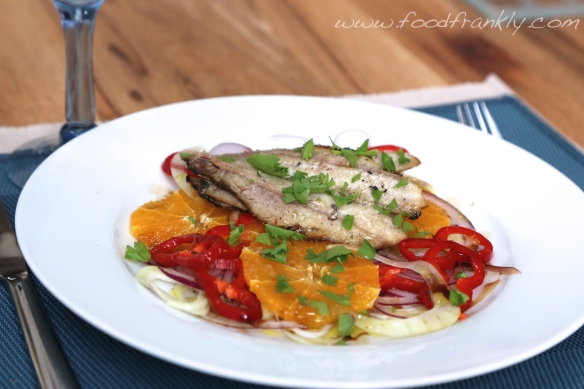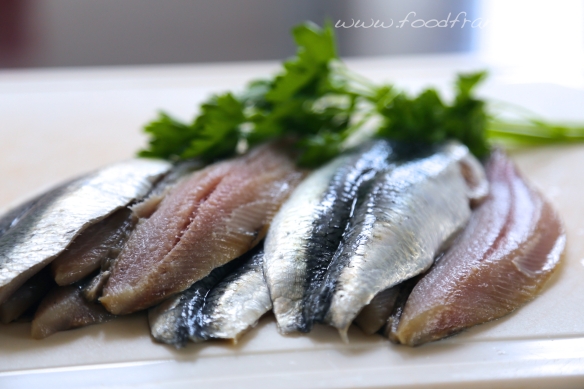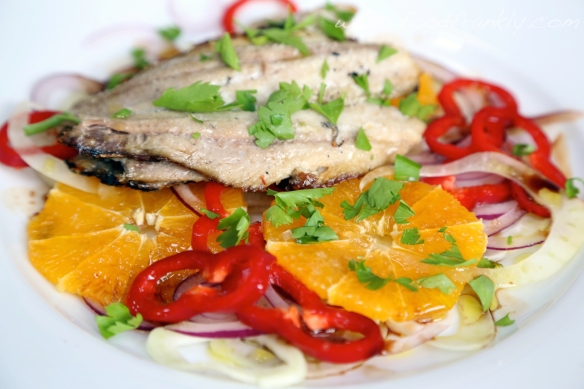Funny isn’t it.
You can get spaghetti in the shops for next to nothing in the UK; as little as 50p for a supermarket own brand – but you get what you pay for of course. A decent brand like De Cecco costs around £1.50.
Start delving into the stranger shapes and you could be paying twice that. Same ingredients, there or thereabouts, just a different form. I know, I know it’s all about economies of scale, but go with me on this.
I confess I’m a sucker for the more obscure pasta shapes, especially if it comes in rustic paper packaging and with nothing but Italian written on it. I’m a food importer’s dream. I must say decent pasta does make a difference – it has better bite – but I think there is a bit of a plateau, once you get to a certain price point. A bit like wine really.
Walking around town the other day I spied this bucatini: paper packaging. Check. English instructions? No. Check. Funky shape? Close enough. Check. Cost £4.95. Jeez…
 As you can see they’re thick hollow tubes, about the same thickness as Pici.
As you can see they’re thick hollow tubes, about the same thickness as Pici.
I bought it anyway of course but now what to do with it? l had a recipe for bigoli in salsa from my prized Polpo recipe book that suggests bucatini as a nice alternative. The ‘salsa’ in question is mainly anchovy fillet though, so I wasn’t sure Helen would have shared my enthusiasm.
This recipes was the obvious answer in the end of course. It’s the Romanised and therefore more widely recognised version of the Amatrice dish that authentically calls for spaghetti, pecorino Amatriciano and cured pork jowl called Guanciale *closes Google tab* Pancetta is a worthy alternative it seems though thankfully. I’ll try and get the ‘original’ ingredients in the future but trying to emulate super-regional dishes in a different country will test even the best stocked delis.
If you can get a nice block of pancetta like this, it’s so much better than the ready cubed supermarket version. It’s no more expensive generally either.
One thing I did find is that the sauce, being made with dry white wine and tomatoes, turns out very sharp in flavour. Unpleasantly so for my personal taste. Maybe using the type of sweet fresh tomato you get in sun bathed Italy the results are different, but here in the UK? So, as much as it pains me with current clamp down on excessive sugar, I had to add a teaspoon in. It’s still a tenth of what you’d find in a can of Coke though and it makes enough sauce for 4 so I wouldn’t lose too much sleep.
Oh and a word of warning: bucatini, being pretty thick, has a certain ‘spring’ to it. After eating the left overs for work in the office, I ended up looking like an extra in Reservoir Dogs.
Thankfully I had no meetings that day.
Serves 4
- 300-400g bucatini pasta
- Olive oil for frying. Not extra virgin, it’s a waste.
- 1 can of plum tomatoes.
- 1 Glass white wine
- 1 red chilli
- 200g pancetta
- 1 onion
- Salt and black pepper
- 1 tsp sugar (or as you need it).
- Pecorino (or parmesan) and extra virgin olive oil to serve.
Slice the pancetta into thick cubes and finely dice the onion.
Brown the pancetta in a medium sized frying pan. When crisp, turn the heat down and add the onion and chilli. Cook gently until softened but don’t colour it..

Add the wine to the onion and pancetta and reduce to almost gone.
Finally, pour in the tomatoes and reduce.
While this is happening, start the pasta. 1l/35 fl oz salted water per 100g. It will take about 12 minutes. Better to have the sauce ready before the pasta.
The pasta sauce should be fairly thick when done. Season to taste with the sugar, salt and pepper.
If you can, drain the pasta just before it’s done and return to the pot – keeping a few tbsp of water back. Add the sauce and reserved water and finish it off with the lid on. It’ll take on a bit more of flavour of the sauce.
Serve it with pecorino, or parmesan if not, black pepper and a quick drizzle of extra virgin olive oil.











